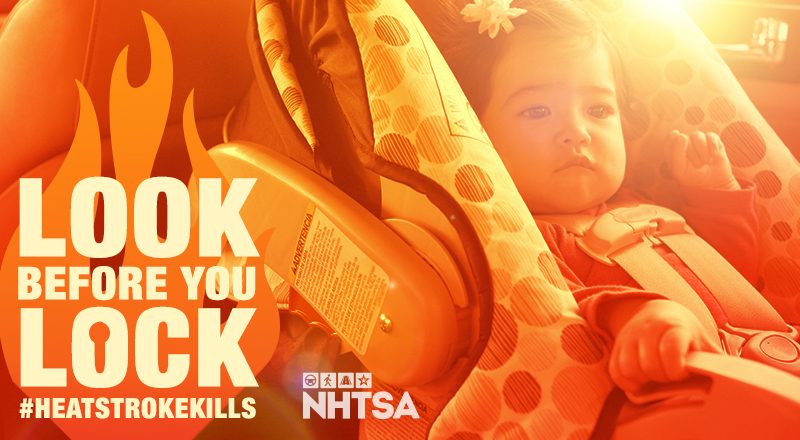Help Us Raise Awareness about Vehicular Heatstroke
On Monday, July 31, NHTSA will host a #HeatstrokeKills Tweetup to help raise awareness about the dangers of vehicular heatstroke. Vehicular heatstroke kills a child in the United States every nine days. Since 1998, there have been 726 deaths, 26 already this year. Each loss is 100-percent preventable. It’s time to stop vehicular heatstroke from […]
